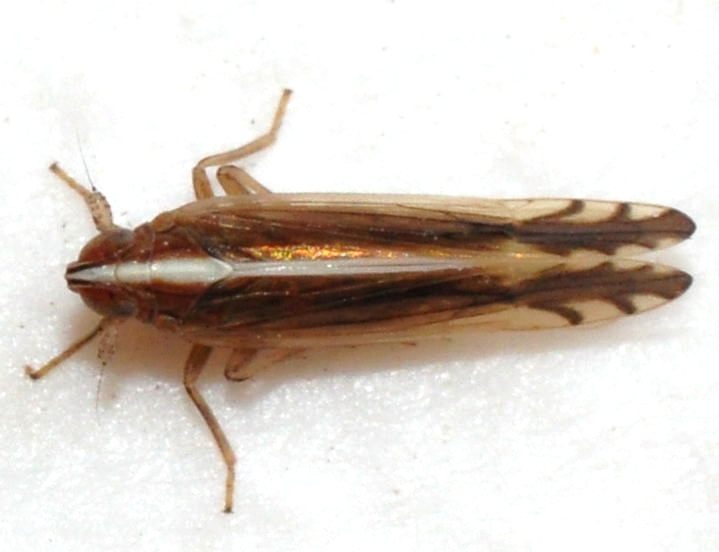| comments |
NOTE: As mentioned above, S. lautus and S. vittatus can be very difficult to distinguish from one another. Since lautus is much more common than vittatus, on default individuals that fall in this category can be tentatively identified as lautus. However, having a clear view of the side, showing the hind tibia and tarsus would allow for a proper identification.
S. lautus could also be confused with some individuals of S. brunneus, which typically is darker than lautus. S. brunneus is also typically smaller than lautus, being less than 5 mm in length, listed as 3.5-4.5 mm. |
Species Photo Gallery for Stenocranus lautus No Common Name |
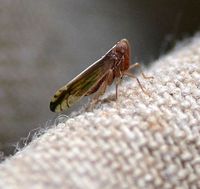 | Photo by: Paul Scharf
Warren Co.
Comment: Caught Sweeping | 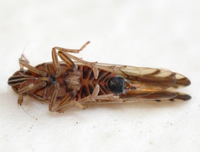 | Photo by: Kyle Kittelberger, Brian Bockhahn
Moore Co.
Comment: sandhills (pine forest) habitat with lots of shrubby vegetation |
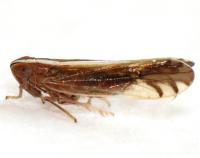 | Photo by: Kyle Kittelberger, Brian Bockhahn
Moore Co.
Comment: sandhills (pine forest) habitat with lots of shrubby vegetation |  | Photo by: Kyle Kittelberger, Brian Bockhahn
Moore Co.
Comment: sandhills (pine forest) habitat with lots of shrubby vegetation |
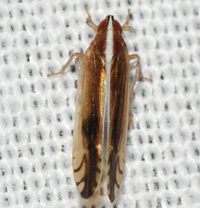 | Photo by: Kyle Kittelberger, Brian Bockhahn
Washington Co.
Comment: open forest habitat |  | Photo by: Kyle Kittelberger
Wake Co.
Comment: open forest habitat, near mixed hardwoods; on a lawn |
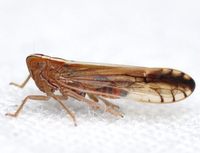 | Photo by: Kyle Kittelberger
Wake Co.
Comment: open forest habitat, near mixed hardwoods; on a lawn | 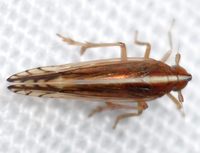 | Photo by: Kyle Kittelberger
Wake Co.
Comment: open forest habitat, near mixed hardwoods; on a lawn |
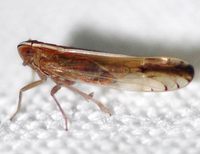 | Photo by: Kyle Kittelberger, Brian Bockhahn
Rockingham Co.
Comment: grassy area near mixed hardwood forest and pond |  | Photo by: Kyle Kittelberger, Brian Bockhahn
Rockingham Co.
Comment: grassy area near mixed hardwood forest and pond |
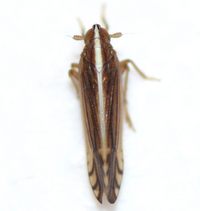 | Photo by: Kyle Kittelberger, Paul Scharf
Wake Co.
Comment: brushy habitat near mixed hardwood forest | 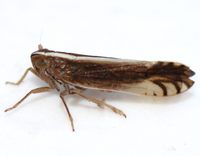 | Photo by: Kyle Kittelberger, Paul Scharf
Wake Co.
Comment: brushy habitat near mixed hardwood forest |
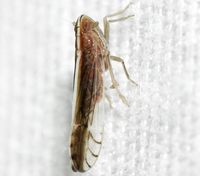 | Photo by: Kyle Kittelberger, Brian Bockhahn, Paul Scharf
New Hanover Co.
Comment: open woodlands, pine dominated | 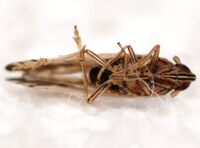 | Photo by: Erich Hofmann
Craven Co.
Comment: https://www.inaturalist.org/observations/46406493- dorsomedial length of hind tibia is greater than that of hind tarsus. Male, 4.8 mm; photographed by K. Kittelberger |
 | Photo by: Erich Hofmann
Craven Co.
Comment: https://www.inaturalist.org/observations/46406493- dorsomedial length of hind tibia is greater than that of hind tarsus. Male, 4.8 mm; photographed by K. Kittelberger | 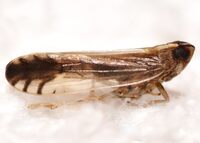 | Photo by: Erich Hofmann
Craven Co.
Comment: https://www.inaturalist.org/observations/46406493- dorsomedial length of hind tibia is greater than that of hind tarsus. Male, 4.8 mm; photographed by K. Kittelberger |
 | Photo by: Erich Hofmann
Craven Co.
Comment: dorsomedial length of hind tibia is longer than hind tarsus; https://www.inaturalist.org/observations/46406456. Female, 5.4 mm; photographed by K. Kittelberger |  | Photo by: Erich Hofmann
Craven Co.
Comment: dorsomedial length of hind tibia is longer than hind tarsus; https://www.inaturalist.org/observations/46406456 |
 | Photo by: Erich Hofmann
Craven Co.
Comment: dorsomedial length of hind tibia is longer than hind tarsus; https://www.inaturalist.org/observations/46406456. Female, 5.4 mm; photographed by K. Kittelberger |  | Photo by: Mark Shields
Onslow Co.
Comment: |
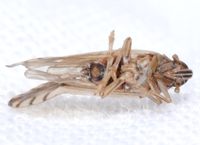 | Photo by: Rob Van Epps
Mecklenburg Co.
Comment: specimen photographed by Kyle Kittelberger; 4.8 mm | 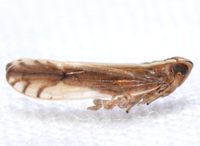 | Photo by: Rob Van Epps
Mecklenburg Co.
Comment: specimen photographed by Kyle Kittelberger; 4.8 mm |
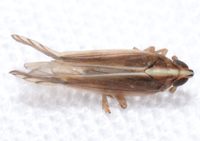 | Photo by: Rob Van Epps
Mecklenburg Co.
Comment: specimen photographed by Kyle Kittelberger; 4.8 mm | 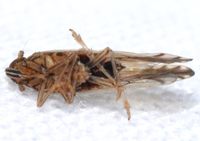 | Photo by: Bo Sullivan
Ashe Co.
Comment: male, photographed by K. Kittelberger |
 | Photo by: Bo Sullivan
Ashe Co.
Comment: male, photographed by K. Kittelberger | 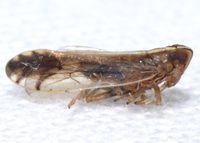 | Photo by: Bo Sullivan
Ashe Co.
Comment: male, photographed by K. Kittelberger |
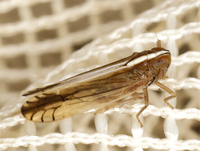 | Photo by: John Petranka
Durham Co.
Comment: New Hope Creek Biodiversity Survey (2021-2022) | 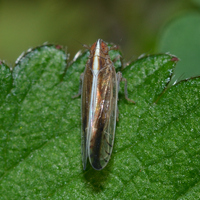 | Photo by: Margarita Lankford
Orange Co.
Comment: https://www.inaturalist.org/observations/140918279 |
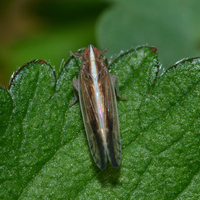 | Photo by: Margarita Lankford
Orange Co.
Comment: https://www.inaturalist.org/observations/140918279 |  | Photo by: Margarita Lankford
Orange Co.
Comment: https://www.inaturalist.org/observations/140918279 |
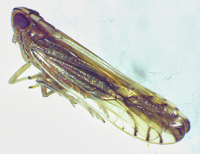 | Photo by: Ken Kneidel
Mecklenburg Co.
Comment: 4.7 mm male came to UV light at night, wooded residential area |  | Photo by: Ken Kneidel
Mecklenburg Co.
Comment: 4.7 mm male came to UV light at night, wooded residential area |
 | Photo by: Ken Kneidel
Mecklenburg Co.
Comment: 4.7 mm male came to UV light at night, wooded residential area |  | Photo by: Ken Kneidel
Mecklenburg Co.
Comment: 4.7 mm male came to UV light at night, wooded residential area |
 | Photo by: Ted Wilcox
Watauga Co.
Comment: unid_planthopper | 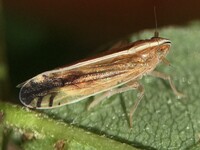 | Photo by: Ted Wilcox
Watauga Co.
Comment: unid_planthopper |
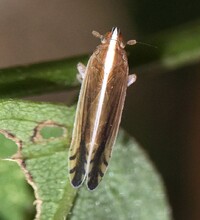 | Photo by: Ted Wilcox
Watauga Co.
Comment: unid_planthopper | 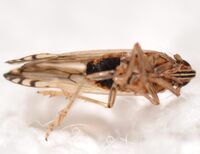 | Photo by: Erich Hofmann
Craven Co.
Comment: pics by K. Kittelberger |
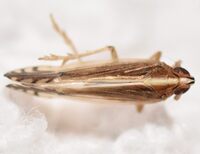 | Photo by: Erich Hofmann
Craven Co.
Comment: pics by K. Kittelberger |  | Photo by: Erich Hofmann
Craven Co.
Comment: pics by K. Kittelberger |
|

 »
»

